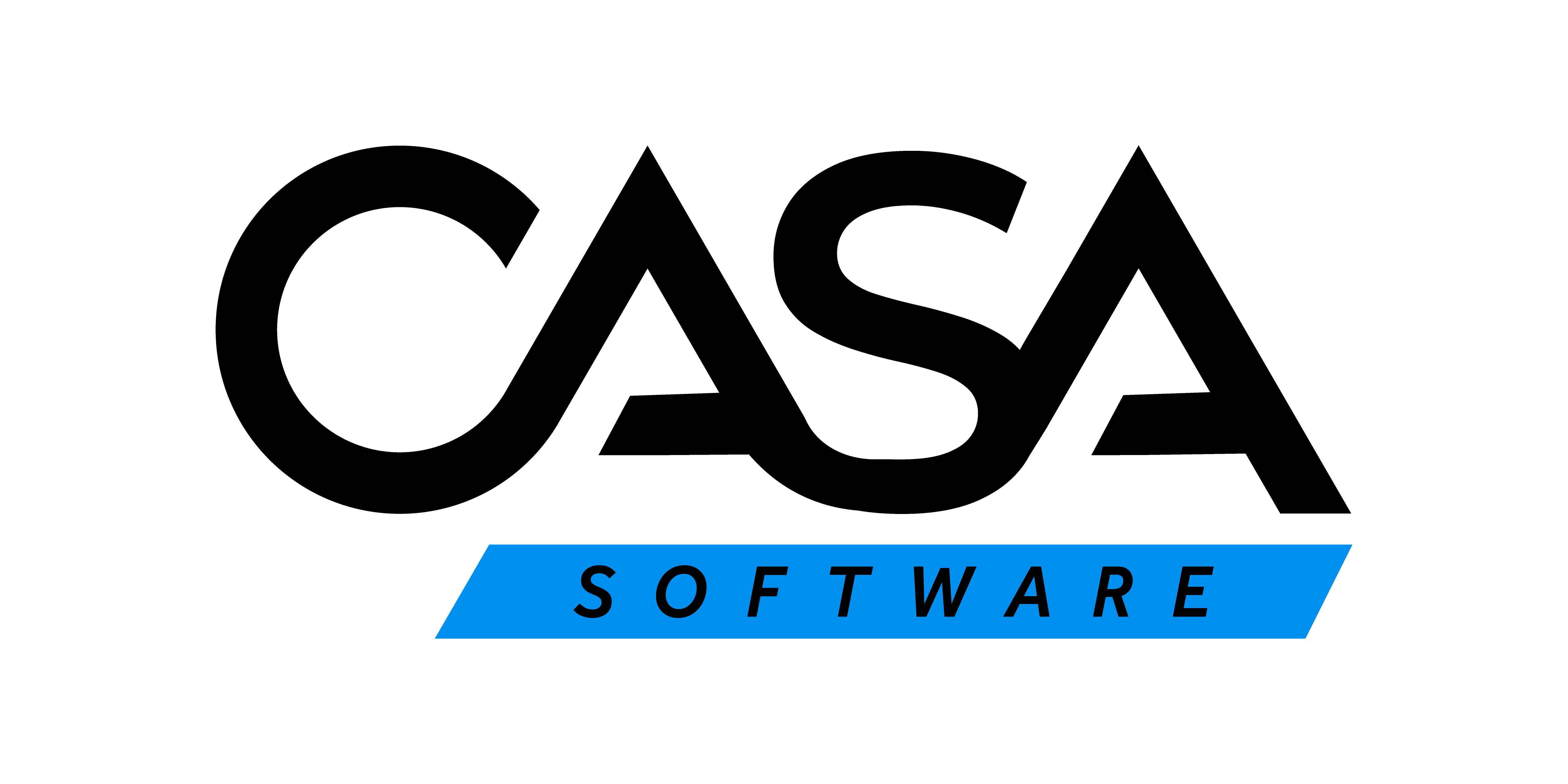Companies are bringing workloads and data back from the cloud to on-premises infrastructure.
Following the cloud revolution, an unexpected trend is taking hold in the shape of cloud repatriation, with many businesses making the strategic move of bringing workloads and data back from the cloud to on-premises infrastructure. This is according to Nexsan, which positions itself as the global pioneer of highly reliable, cost-effective enterprise-class storage solutions, and CASA Software, which positions itself as a leading digital transformation organisation and Nexsan’s sub-Saharan Africa distributor.
“This shift hasn’t come about by IT suddenly becoming ‘anti-cloud’, it’s about being smart about the cloud,” says Adrian Hedges, Nexsan Regional Sales Director EMEA. “Businesses are taking a closer look at how and where they run workloads in order to strike the right balance of performance, cost and control. It’s not an either/or proposition but is about building a hybrid model that delivers the best of both worlds,” he says.
Byron Horn-Botha, CASA Software Senior Sales Specialist, adds this move is being endorsed by companies as they discover that the cloud isn’t always cheaper. “Cloud doesn’t always deliver the cost savings or performance promised, especially at scale, leading major enterprises to repatriating parts of their IT environments from public cloud providers. One of the most significant factors in the debate over IT budgets is cloud infrastructure, which is facing growing pushback amid concerns about increased spending. Eighty-four percent of enterprises cite managing cloud spend as a top challenge, and many businesses have reconsidered moving back to on-premises systems in pursuit of perceived cost savings.”
Horn-Botha notes that organisations are finding that cloud bills are not only higher than they expected, but they are continuing to rise. “What started as a convenient, scalable solution has often evolved into a budgetary black hole with unanticipated expenses relating to storage, data retrieval and egress fees quickly inflating.”
He confirms that while cost is a major factor towards bringing data and applications back on-premises, concerns around latency, inconsistent performance, data sovereignty and compliance are also causing companies to rethink their approach. “All of these factors are driving the emergence of a hybrid cloud strategy as a winning model.”
Horn-Botha cites the following as key factors pushing companies to repatriate from the cloud:
1. Escalating and unpredictable costs
While the cloud offers flexibility, pricing for storage, retrieval and outbound data transfers (egress) can be anything but transparent. Budgeting for cloud usage becomes a challenge when bills vary month to month, especially for storage-heavy workloads.
2. Performance and latency Issues
For data-intensive applications and workloads requiring real-time responsiveness, latency introduced by the cloud can impact performance. On-premises environments allow organisations to fine-tune performance and maintain control.
3. Compliance and data sovereignty
Certain industries, such as healthcare, finance and government, face strict compliance and regulatory demands. Keeping sensitive data on-premises ensures control over where data resides and how it’s handled.
He notes that the bottom line is that hybrid cloud is a model that delivers. “The answer isn’t abandoning the cloud. It’s about optimising how you utilise it. A hybrid architecture allows organisations to run critical, performance-sensitive workloads on-premises while leveraging the cloud for what it does best – scalability, flexibility and global access.”
He highlights Nexsan’s Unity storage platform, purpose-built for hybrid environments, as an attractive alternative to pure cloud infrastructures. Unity supports unified storage – block, file and object (S3) – on a single platform, simplifying infrastructure while maximising flexibility.
With Unity Cloud Connector, organisations can easily sync data bi-directionally between on-premises Unity systems and public cloud services like AWS, Azure, Google Cloud and Unity S3. This enables:
- Efficient backup and archival – Send long-term backups or archival data to the cloud while keeping active workloads local.
- Tiered storage strategies – Automatically move data to the most cost-effective tier based on usage.
- Regulatory compliance – Maintain control over sensitive data by storing it locally while leveraging cloud for redundancy or disaster recovery.
- Predictable costs – Eliminate surprise cloud bills by knowing exactly what’s stored on-premises and what’s in the cloud.
“Our advice is to audit your cloud usage. Understand where your data lives, how much it’s costing you and whether it’s delivering the performance and compliance you require. Then build a hybrid model that delivers agility without sacrificing control – or your budget. With Nexsan, smart organisations don’t have to choose between cloud and on-prem. You get the best of both. Contact CASA Software to find out how you can best leverage reliable, secure and scalable on-prem data storage solutions to meet your specific business needs,” concludes Horn-Botha.
